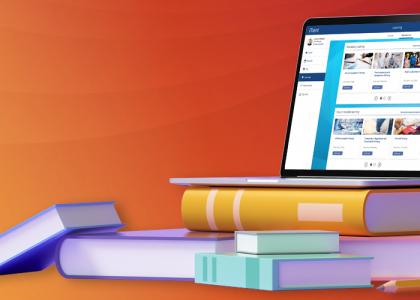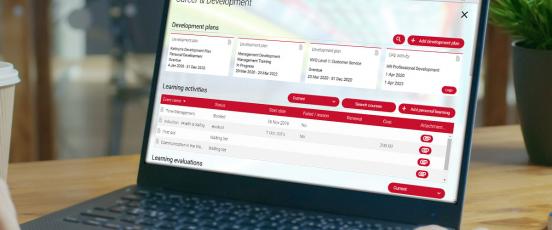1 March 2023
Tips for your learning plans in 2023

Learning and development is high on the 2023 agenda - what do you need to consider?
As humans, they way we learn is always evolving. In the world of work, there's been an accelerated shift following the pandemic and attitudes towards learning needs that organisations need to consider.
Dating as far back as the 1980s, Charles Jennings et al identified that only 10% of learning came from formal sessions and pre-planned solutions. They found people looked for a variety of different approaches to learning new skills and information. Learning and development professionals needed to evolve to support this and provide a more rounded solution for their learning plans.
Is it all digital?
Despite the increased use of technology and alternative learning methods, especially to aid learners during the pandemic, face-to-face training is still high on the preference list for many. Facilitator or trainer-led sessions are more sociable, with more opportunity for engagement and networking. Long gone are the 'teacher-led' style of delivery, face-to-face now encourages more collaborative discussions and idea sharing to boost the retention of information. With the ability to read body language and other cues, trainers can adapt the content and provide live feedback to provide greater support to participants.
Accessibility
While face-to-face is popular, there is more demand and awareness around the need for flexibility and accessibility within learning approaches. Learners want instant access to content when they need it rather than part of a dictated schedule.
eLearning such as short 'how-to' videos have become popular ways to learn. Coupled with interactive tools, or part of a community forum, learners can take things and their own pace, and revisit the information as many times as they wish, whilst asking questions from those with similar interests. eLearning allows employers to deliver on-demand learning, with visibility over what's being consumed.
Technology
In its infancy, eLearning followed a basic format. Now, creators have to consider mobile vs desktop and accessibility requirements in everything they produce. With newer technology like virtual and augmented reality, eLearning content can include gamification and simulation for an even more immersive experience.
Of course, the challenge with these digital forms of learning is having the in-house skills and expertise to create them. Getting it right does require a level of investment in the right software so you can understand the performance of any content created to improve engagement.
So, what do you need?
Training professionals and organisations have previously sought a one-size-fits-all approach to learning. With greater requirements for flexibility, this is now impossible. Instead, blended learning can offer both in-person and digital solutions to reach your learners in a variety of ways, to support them when they need it. With both face-to-face and digital learning, you can ensure you're offering the collaborative benefits of in-person with on-demand eLearning to ensure your learners are getting the most value.
Many organisations are heading down this route. By combining traditional and digital approaches, with the support of a Learning Management System to maintain it all, organisations can offer a range of learning options to suit employee needs.
If you're looking for the right learning solutions for your organisation, we'd be happy to help!



